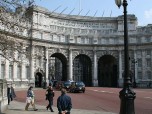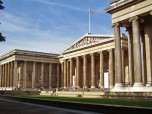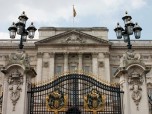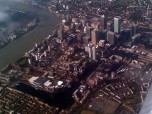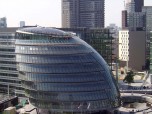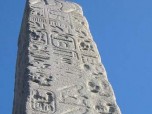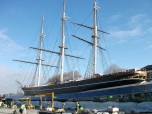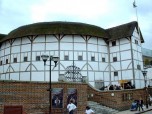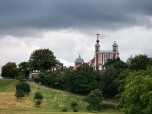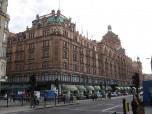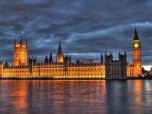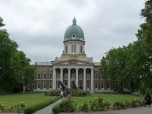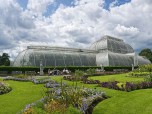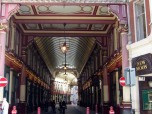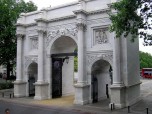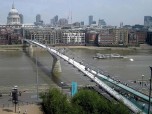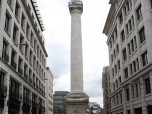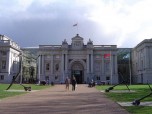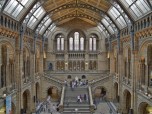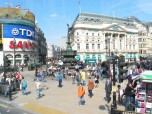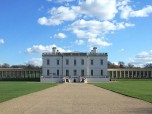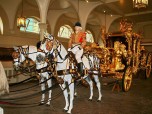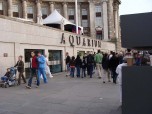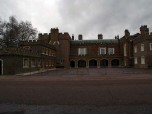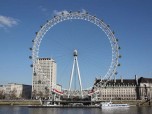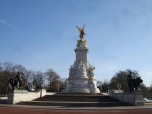Trafalgar Square is centrally located in London in the borough of Westminster and bordered by the area previously known as Charing Cross. The square is an open public place and a favorite location for visits by tourists.
The Site
Four statues of lions guard Nelsons Column which stands in the squares midpoint. This column was named for vice admiral Horatio Nelson, who was commander of the British fleet at Trafalgar. Several other statues and fountains adorn the plaza. Another attraction is an ancient stone platform upon which different modern art is displayed on a changing basis.
Trafalgar Square hosts many different events throughout the year which normally include political rallies. It also has one of the more famous of New Years Eve celebrations every December 31st.
History
The square’s name is derived from the Battle of Trafalgar in 1805. This was a naval conflict of the Napoleonic Wars which found the British emerging victorious over the French. The original name proposed for the square was King William IV Square. The King was convinced by George Ledwell Taylor to name the square Trafalgar instead of after himself. Mr. Taylor was an architect and London landowner who had ties to the British Navy. He also developed a block of buildings on the square’s east side that eventually became home to Morley’s Hotel.
The square was redesigned during the 1820’s at the request of King George IV by another architect, John Nash. Some 20 years later another remodeling took place involving famed British designer Charles Berry. His work significantly shaped how the space is presented today. Part of his ideas were to install steps at either end of the north terrace. He was also responsible for the sloping walls to the east and west. Finally, the two fountain basins were also creations of his. Today Trafalgar Square is managed by the Greater London Authority and owned by the “Queen in Right of the Crown.”
The Layout
The square is bordered on three sides by roadways. These are under the auspices of the City of Westminster. To the north, in front of the National Gallery, is the aforementioned terrace. These streets tie into the A4 Road which is a major thoroughfare in England spanning from London to a point near Bristol. St Martin-in-the-Fields Church stands to the east of the square. This church is known as the “Church of the Ever Open Doors” and is perhaps the most famous of any church in London that is not known as a cathedral. Trafalgar Square is adjoined by The Mall, a road that continues on to Buckingham Palace. Entry to The Mall is gained through the Admiralty Arch. This arch once housed governmental offices, but as of 2012 was being developed into a luxury hotel. Whitehall Road is to the south and provides the main access to Chelsea from the square. The South Africa House is a diplomatic mission to the United Kingdom and also stands in the square on its east side. Opposite the South Africa House is the Canada House which serves as the Canadian Embassy.
Statues
On the north wall of Trafalgar Square visitors will find tributes in the form of sculptures of Lord Jellicoe by Sir Charles Wheeler, Lord Beatty by William MacMillan and Lord Cunningham by Franta Belsky. All three of these individuals depicted men received the designation of admiral in the British navy.
Originally cast in 1633 and standing since 1678 one will find a bronze creation by Hubert Le Sueur called the “Statue of Charles” depicting King Charles I on horseback.
Even President George Washington found a place in Trafalgar Square compliments of the state of Virginia in 1921. This depiction of The Father of Our Country is a replica of a work by Jean-Antoine Houdon.
Fountains
The two fountains presently standing to the east and west in the square are memorials to Lord Beatty and Lord Jellicoe respectively. They were both designed by Edwin Lutyens during the late 1930’s. The cost of these monuments was in excess of $100,000, an excessive amount of money for the times. Today these fountains have been refurbished to include LED lighting which makes nighttime viewing a remarkable sight.


